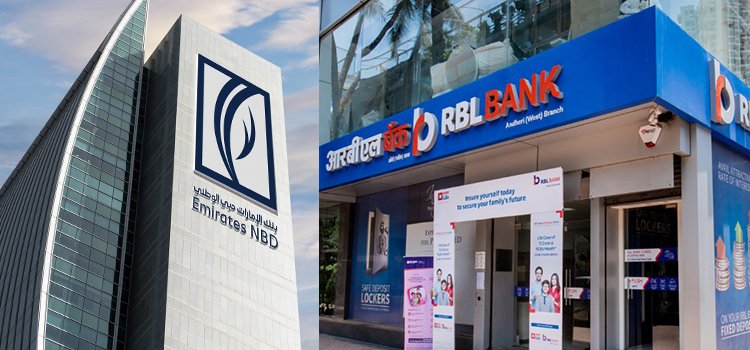CORPORATE
Banks can tap the M&A funding boom only by honing their advisory and underwriting skills
- IBJ Bureau
- Oct 18, 2025

In a significant step, the Reserve Bank of India (RBI) has permitted Indian banks to finance mergers and acquisitions (M&A) within the country. The banking sector had been lobbying with the central bank to enter the M&A segment for a long time now. With the RBI finally relenting and giving its nod, the M&A sector is likely to see more fireworks in coming days.
Historically, the RBI had been reluctant to allow banks to finance acquisitions. The central bank’s concerns were certainly genuine, given that banks face an asset-liability mismatch and that such exposure could destabilise their balance sheets. Besides, M&A loans are often considered risky because the ability to service the debt depends on the success of the merger. There is also a view – whether tenable or untenable – that funding M&As may lead to over-leverage and may not necessarily contribute to asset creation or growth.
With the RBI’s go-ahead, M&A funding could undoubtedly be an exciting opportunity for banks to gain from the ongoing boom in the deal-making sector. Experts see continued consolidation in many sectors such as healthcare, renewable energy, information technology, and financial services. The consolidation is primarily driven by heightened competition, disruption from new technologies, spread of e-commerce and the need to scale.
The timing of the RBI’s decision could not have been any better. In FY25 alone, M&A deals in India exceeded $120 billion. If even half of those deals used debt financing, and banks provided a portion of that funding, the additional credit opportunity could amount to tens of billions of dollars. Moreover, the momentum in the deal-making sector has continued into FY26, with the first half of the current financial year seeing an 18 per cent increase in deal volumes.
In the absence of banks’ participation in this space, over the years, companies have turned to bond markets, commercial paper, external borrowings and internal accruals to fund their acquisitions. Private credit funds, non-banking finance companies (NBFCs) and foreign lenders have also stepped into the vacuum and captured a market that is rapidly growing. The central bank’s approval gives banks an opportunity to re-enter a high-potential space precisely at a time when corporate consolidation is reshaping India’s corporate landscape.
As banks gear up to make the most of the M&A funding sector, they are unlikely to grab a larger pie of the market at least for the initial some years. Big transactions are typically inbound acquisitions, where foreign companies acquire Indian businesses. This segment has been the forte of foreign investment banks and other foreign financial institutions, and they will continue to rule the roost. One reason for this is because Indian banks simply do not have the balance sheets needed to support such big deals.
Meanwhile, both State-owned and private sector banks are excited to tap the M&A segment, which has been out of bounds for them until now. However, they must temper their excitement and need to step carefully into this lucrative but highly-complex field. Acquisition financing is very unlike traditional working capital or term lending, where collateral or asset cover often provides comfort. But M&A funding is inherently complex and demands specialised skills.
Banks will need to equip themselves with the ability to evaluate future cash flows of the acquired company and assess repayment capacity under various scenarios. Banks will only succeed when they develop their M&A advisory and underwriting expertise. They will intelligently have to combine credit risk analysis with due diligence conducted in investment banking style. With the right expertise and utmost caution, banks can move from the fringes into the heart of the next wave of corporate transformation.




















Report By
View Reporter News